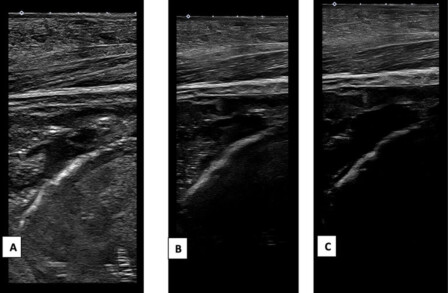Webcasts
Dairy cows are increasingly being dried off at higher milk production levels, raising concerns about their health and welfare during the dry period. This elevated production can result in problems such as udder engorgement and milk leakage, thereby increasing the risk of new clinical mastitis cases as cows transition into the dry-off phase.
Sponsored by


Do you want to sharpen your eye for lameness? Are you great at lameness but struggle to explain to owners and colleagues what you see? Improve your detection skills with this video presentation and practice your eye on a variety of lamenesses.
Sponsored by


As we strive to decrease the use of antibiotics in pork production, prioritizing the functional aspects of nutrition is increasingly important to sustain the health and growth of pigs.
During this webcast, Dr. Dan Columbus will present information on the impact of macronutrient and micronutrient content in diets on the immune status and welfare of pigs.
`
See all
Brain Matters
There is a neonatal diarrhea issue at one of your producers.
During a discussion with one of your producers regarding the use of antibiotics on their farm and the need for judicious and justified use, you realize they are administering them to treat neonatal diarrhea. They mention that over 50% of calves suffer from diarrhea in their first months of life. You explain to them that antibiotics are often unnecessary, leading to a discussion about vaccines against neonatal diarrhea. To better...
A 3-year-old thoroughbred filly is noticed to be ‘off colour’ after travelling to her last race. She has a temperature of 102 °F and a respiratory rate of 24 breaths/ minute. You perform an ultrasound of her lungs. The video shows the most significant pathology you find, which is present bilaterally throughout her mid-ventral lung fields.
The 3 ultrasound images are from a horse with pleuropneumonia. One machine setting has been altered to adjust the ultrasound image between image A and image C.
Scientific Snapshots
Weaning in dairy calves is associated with a transition from a liquid to a solid diet and with multiple stressors, including increased gastrointestinal (GI) permeability, reduced immune function of the GI tract epithelium, decreased intestinal absorptive capacity, and increased respiratory disease. These stressors often lead to reduced weight gain during weaning.
Bovine colostrum replacer supplementation may assist this transition during weaning by improving intestinal integrity and GI...
Sponsored by


Positive reinforcement has been used for decades to train dogs, and this training technique has been shown to be significantly more effective than punishment. Dairy cattle are handled often for veterinary care and other management procedures, which can be stressful for the animal and dangerous for the handler should the cattle respond with fear. Little research has looked at positive reinforcement training in farm animals, but a new study published in the Journal of Dairy Science indicates...
Sponsored by


The prevention of diseases in the early stages of calf
rearing is of fundamental importance. The onset of diseases often requires the
administration of antimicrobials, but reducing their use in animals is
currently a priority. Pegbovigrastim is a drug known for its immunoregulatory
action in cows, but its function in calves has not been fully studied. The aim
of the authors of this prospective study was to investigate the effects of
pegbovigrastim administration on the nonspecific immunity of...
Sponsored by





 1 h 05 min
1 h 05 min









